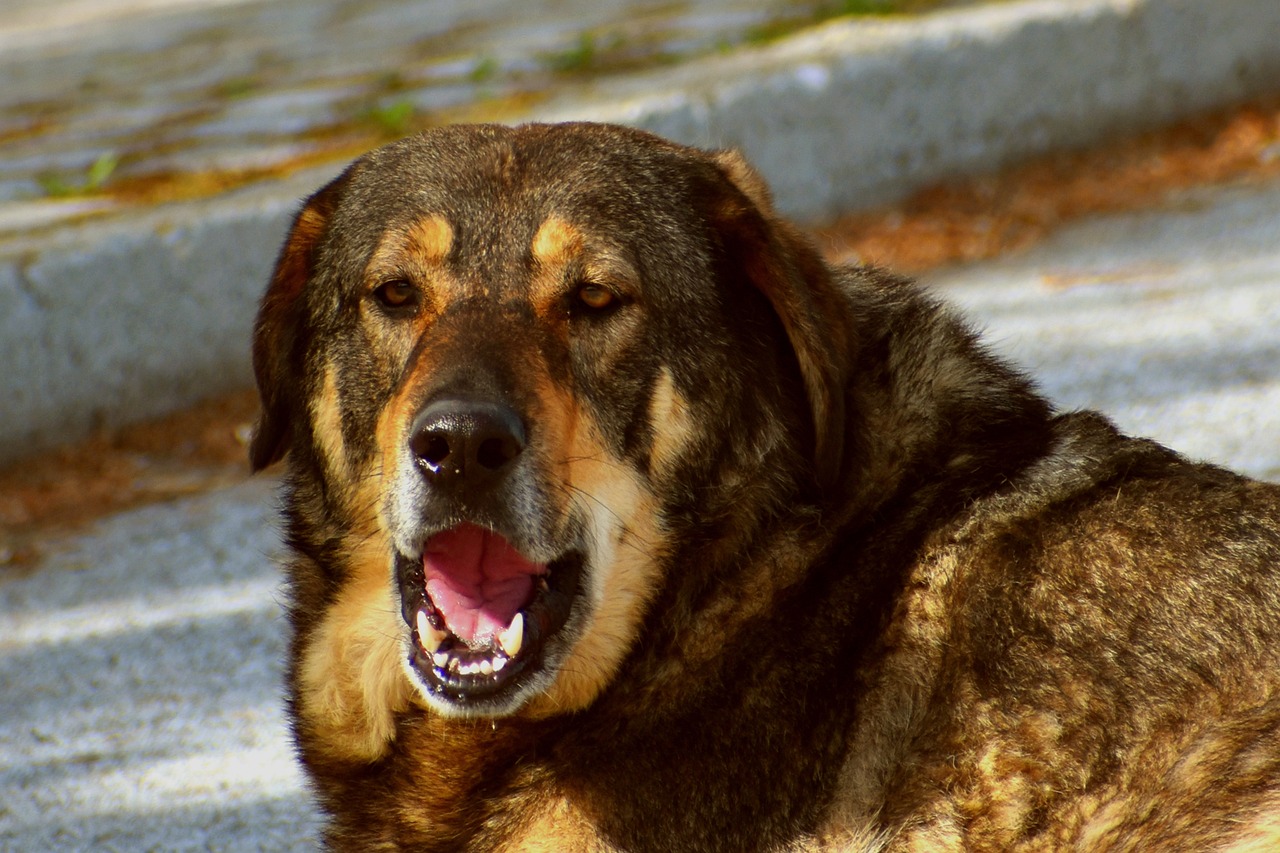
All dogs get older. Dogs age differently, just like we do.
A smaller breed of dog, such as a Chihuahua, would likely only reach the senior phase at around 10-11 years.
You should prepare yourself for changes in the health of your pet as he enters senior years. Many vets suggest that senior dogs should be seen twice annually.
Talk to your vet if you see any of these symptoms. He or she will determine the best course of action.
1. The Loss of Vision and Other Eye Conditions
Have you noticed that your dog is bumping into objects, falling, or showing signs of discomfort in the eyes (redness and cloudiness)? It could be that he has a vision disorder or is suffering from a loss of sight.
As dogs age, their eyesight will deteriorate. As dogs age, they will often develop cloudiness on their lenses. This is perfectly normal but it can reduce the accuracy of their vision.
It may not be age-related, but you should still take your dog to the veterinarian to make sure that there are no treatable diseases, such as corneal disease, Dry Eye Syndrome, or Conjunctivitis. The treatment of cataracts is also possible surgically.
There are some things that you can do for your dog to adjust. Your veterinarian can provide you with tips for handling older dogs who have vision loss.
2. Urination Increased or Trained
The increased urination and straining of the dog to urinate can be an indication of urinary tract infections or kidney disease. Both are most common in older to middle-aged dogs.
Urinary tract infections and incontinence can be treated with medication for dogs or by dietary modifications. Urinary tract infections can be caused by urinary incontinence. Consult your veterinarian if you suspect a problem.
3. You may also experience bad breath, bloody gums and other oral problems
You may have noticed that your dog is showing signs of oral disease (bad breath excessive salivation, inflammation in the gums, or loose teeth).
In the end, dental hygiene is about maintaining your teeth. It’s never too late to begin. Discuss with your vet how to resolve and/or prevent future issues.
4. The Skin: Lumps, Bumps and Other Problems
These issues can affect your dog at any age. However, they are more likely to occur as the animal ages. They may appear as lesions, rashes or lumps on the skin, or they can be accompanied by dryness, a rash, or loss of hair in dogs.
There are many things that your vet can do, such as dietary modifications or to cure the root cause.
As they grow older, many canines develop lumps beneath their skin. Liposomes are benign fatty tumors that can occur in your dog.
It is important to consult your veterinarian if you notice any of these growths.
When lumps are newly formed, grow or change in size, shape or color, they should be taken more seriously.
5. Weigh Gain or Weight Loss
Other dogs may tend to put on weight and need food for dogs who are less active.
Neither being overweight nor underweight is ideal for your dog. Overweight or obese dogs have higher rates of diabetes, heart disease, joint disease, and cancer.
Ask your vet when your dog should switch to a senior diet from the adult diet. You can ask about the advantages of Therapeutic Diets which are designed to manage common conditions associated with older dogs.
With the assistance of your veterinarian, you can also devise an exercise program that is age-appropriate for your dog. Proper diet and exercise can help delay the signs of aging and increase your dog’s lifespan.
6. A Guide to Playing Difficult Games and Moving Around
Ask your vet if dietary modifications (such as adding antioxidants or Omega-3 fatty acids to the diet) could be beneficial. You can accommodate the less mobile state of your older dog with dog ramps or orthopedic dog beds.
Rehabilitation is also a useful tool to reverse mobility loss in older pets.
7. Attention and memory problems
Dog dementia is a common disease that can cause behavioral changes in dogs.
Consult your vet if you notice any signs of disorientation or confusion. This may include memory loss, excessive pacing, irritation, irritability, and other changes in personality.
Canine cognitive impairment can be identified by pacing or staying up at night. It may also manifest as a dog forgetting commands (like sit and stay).